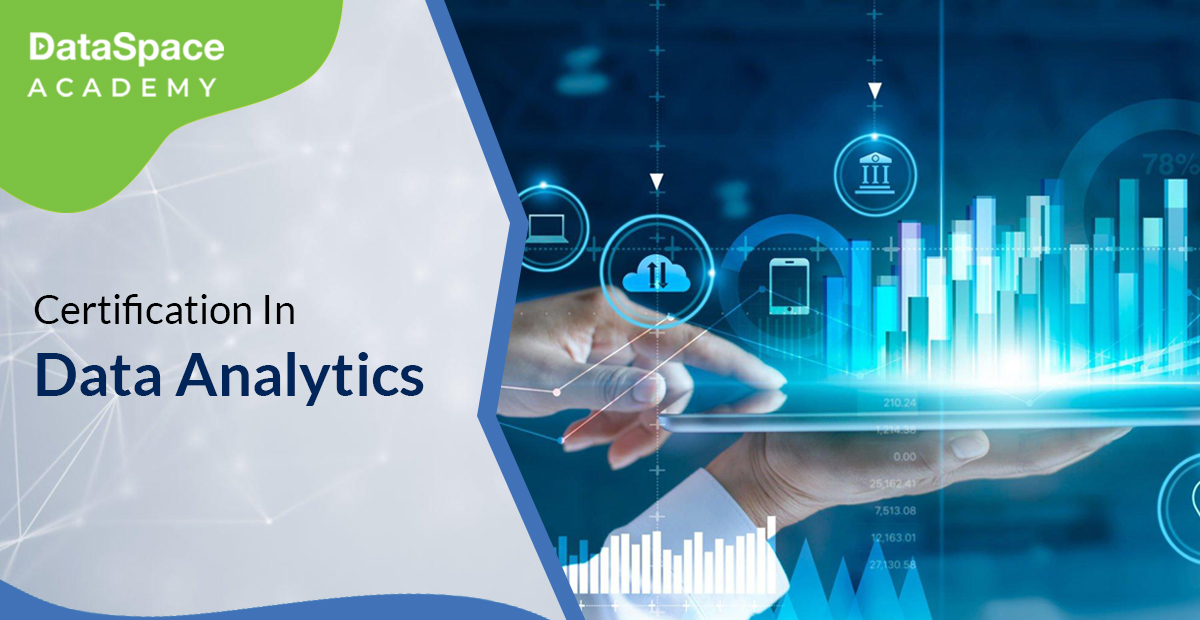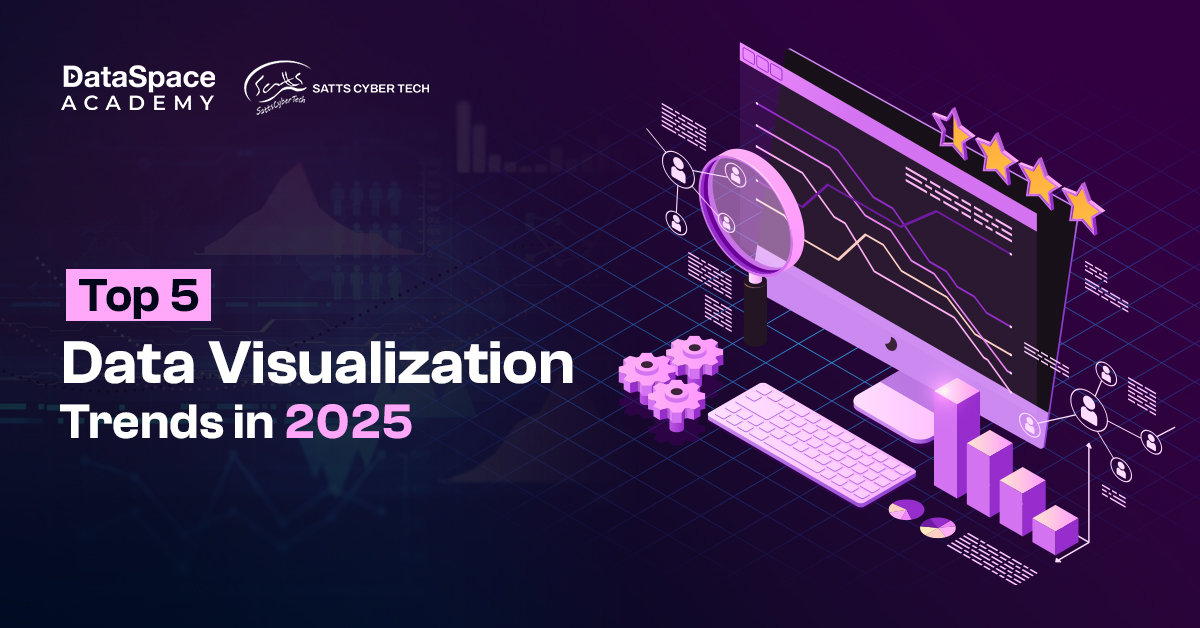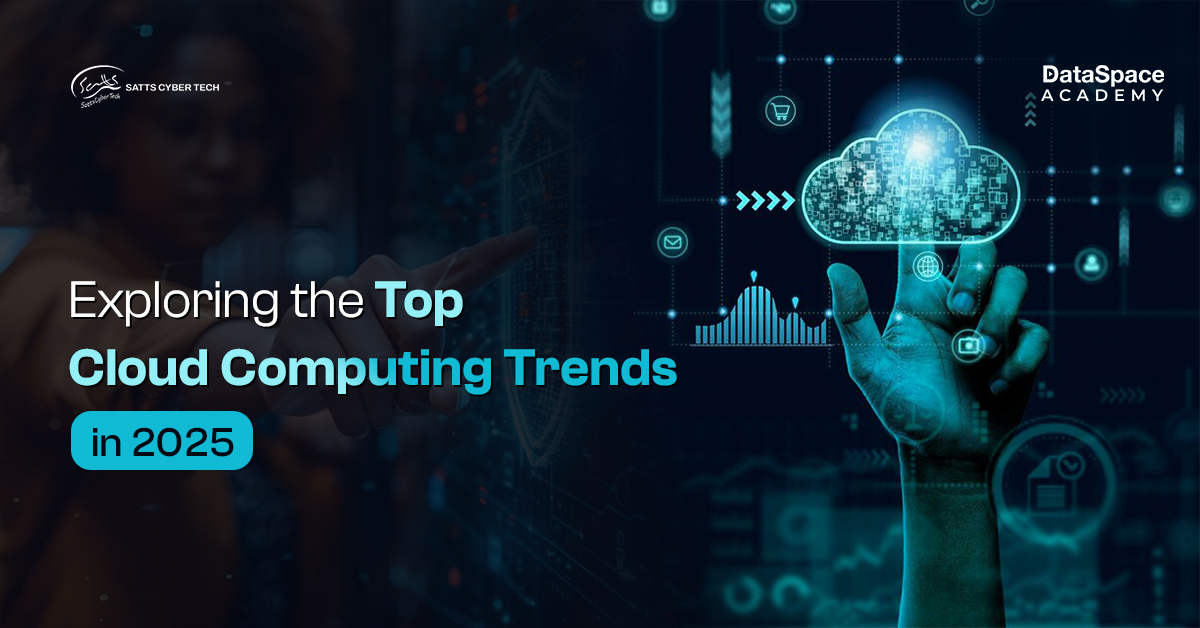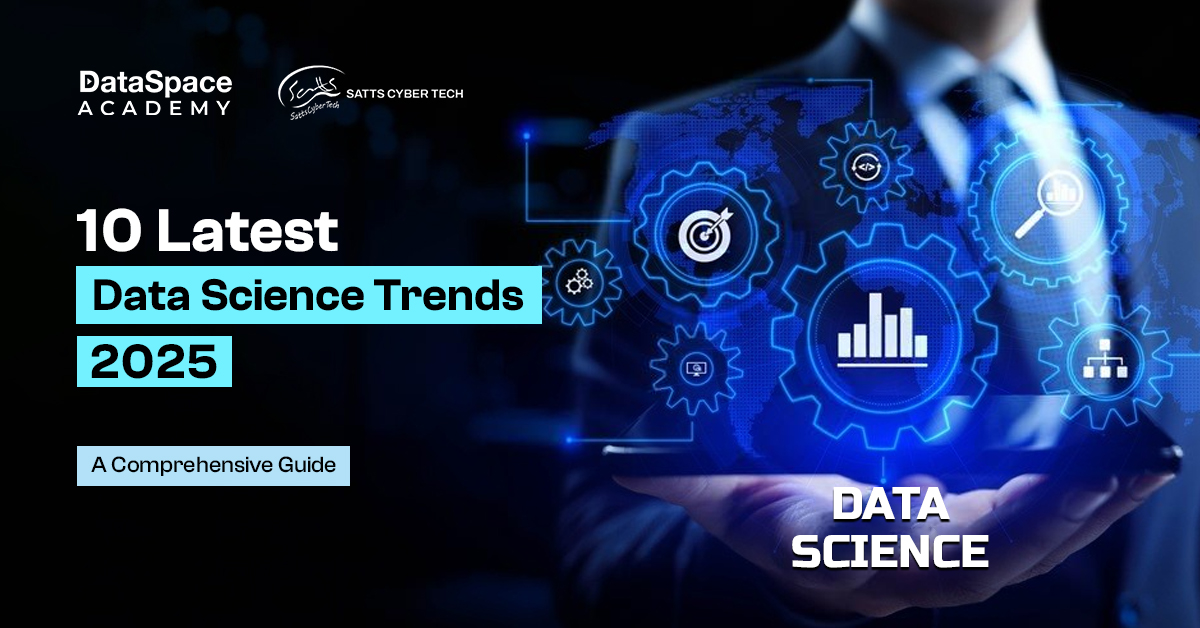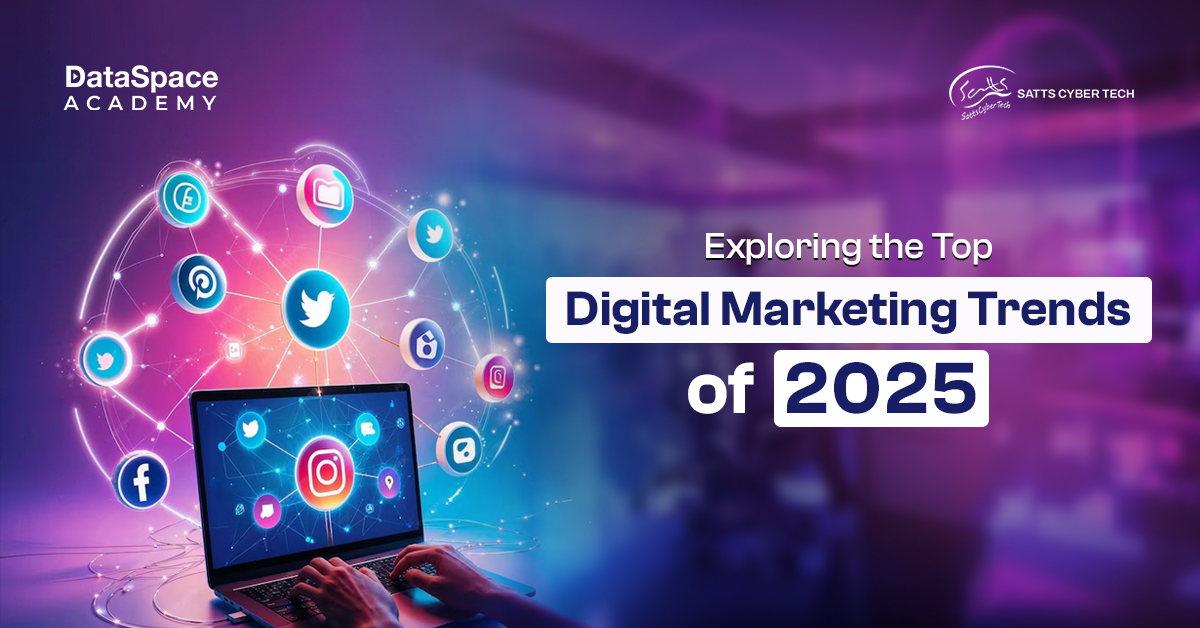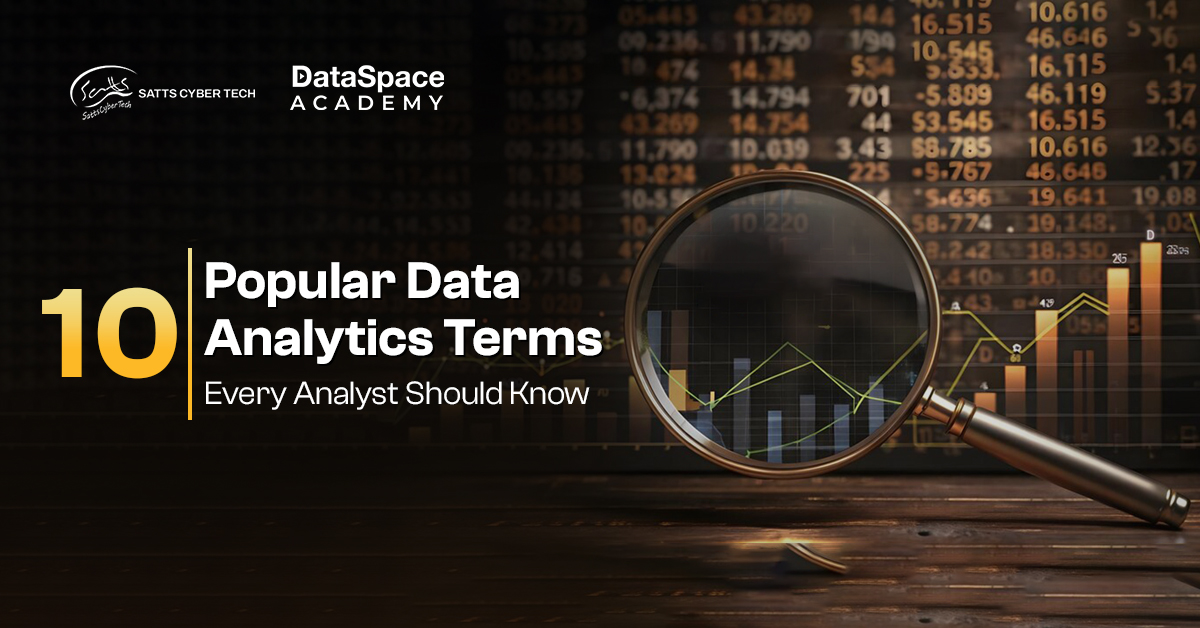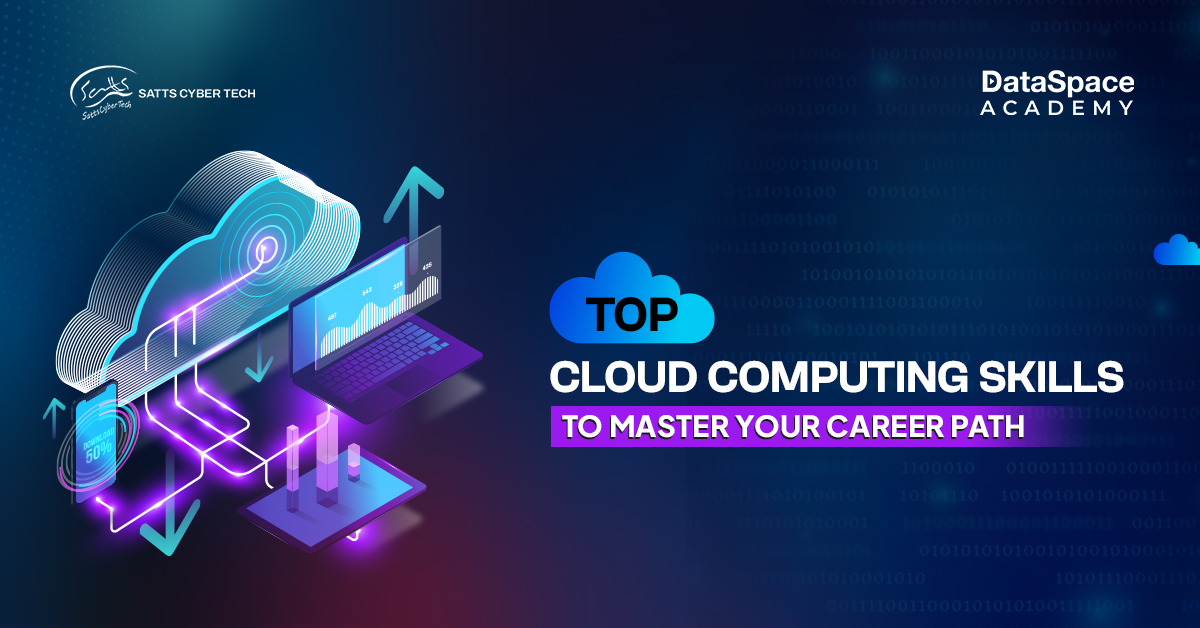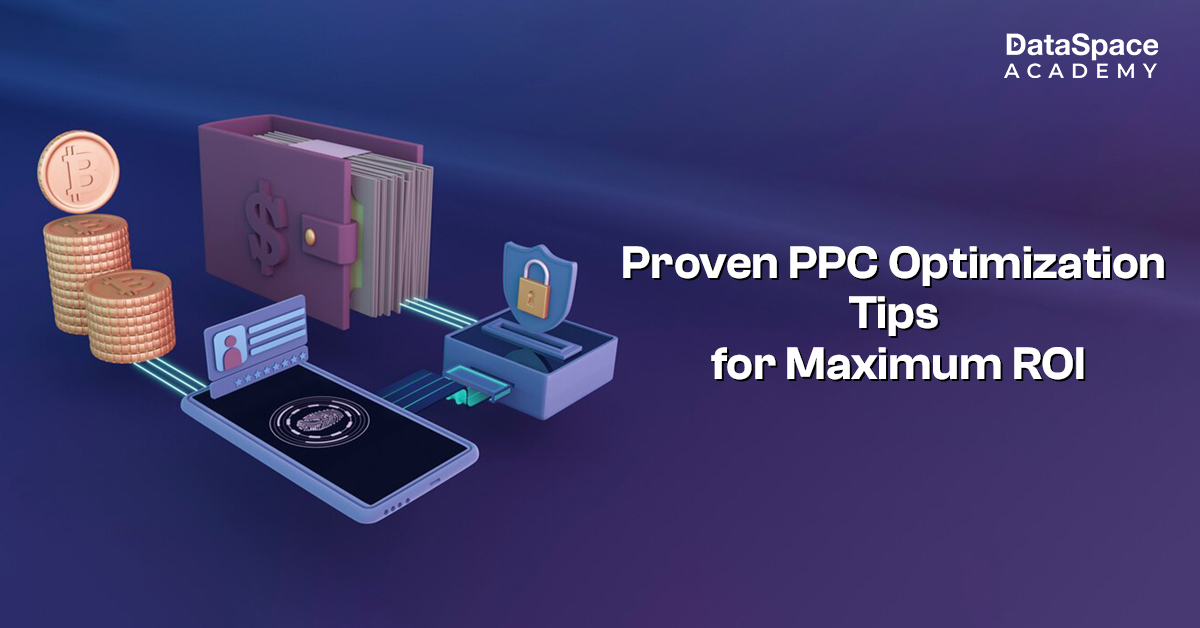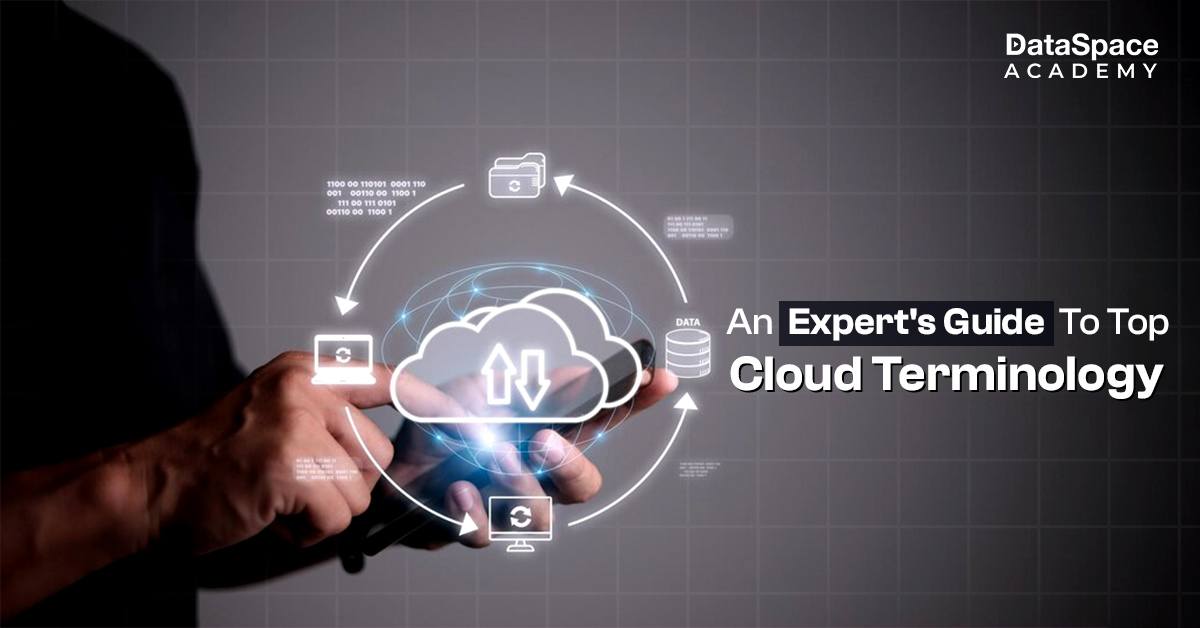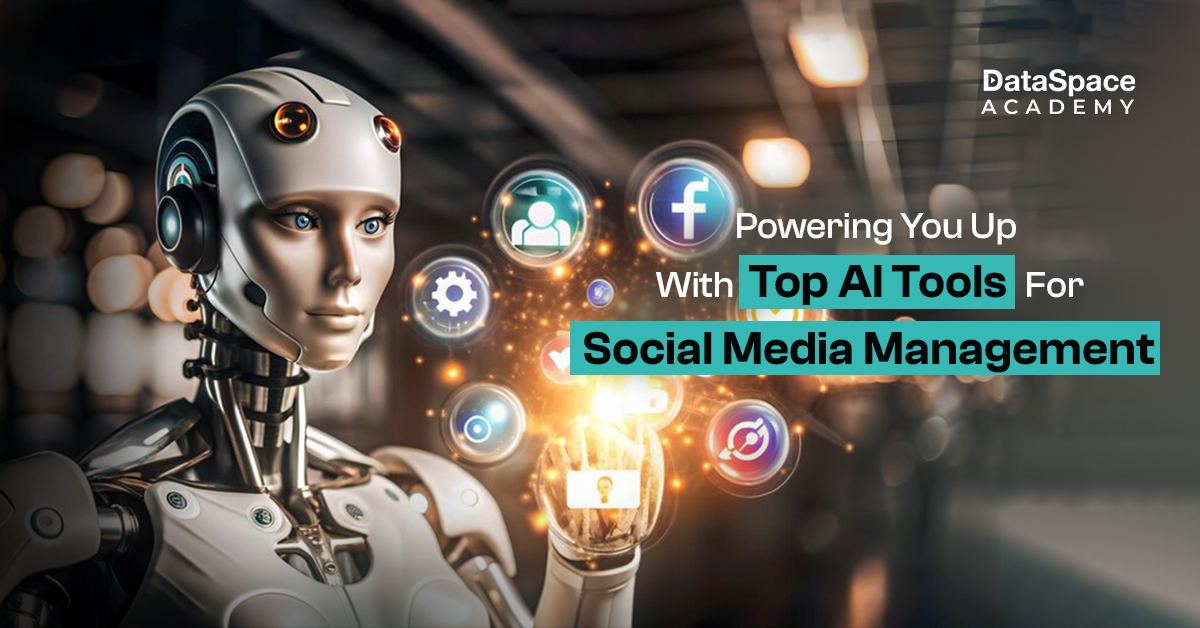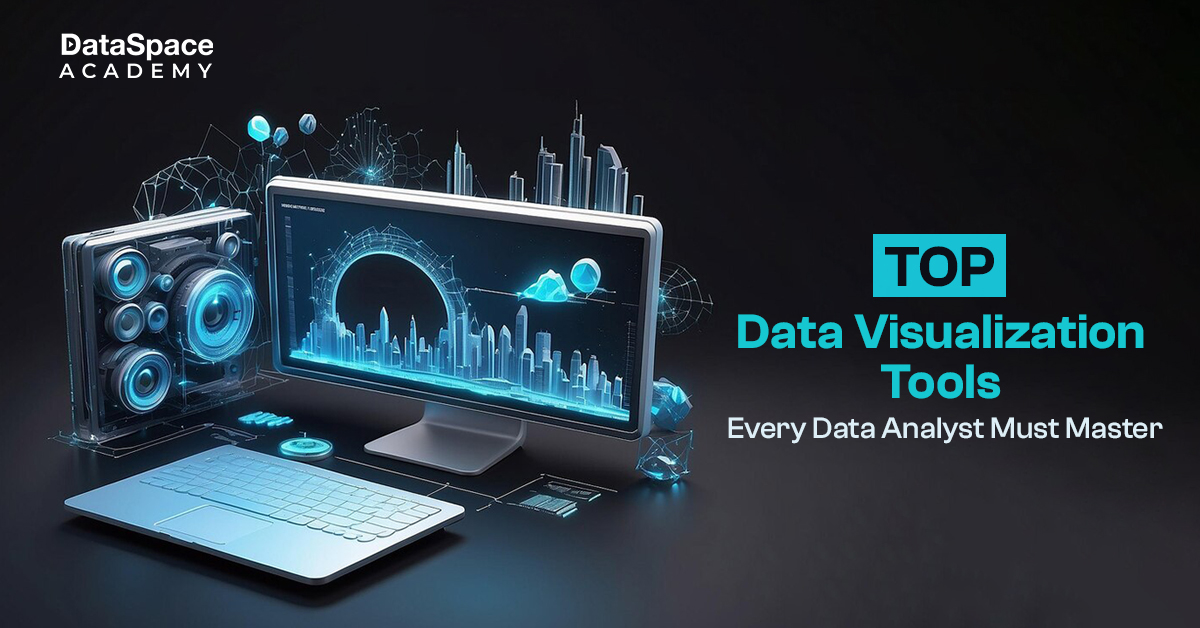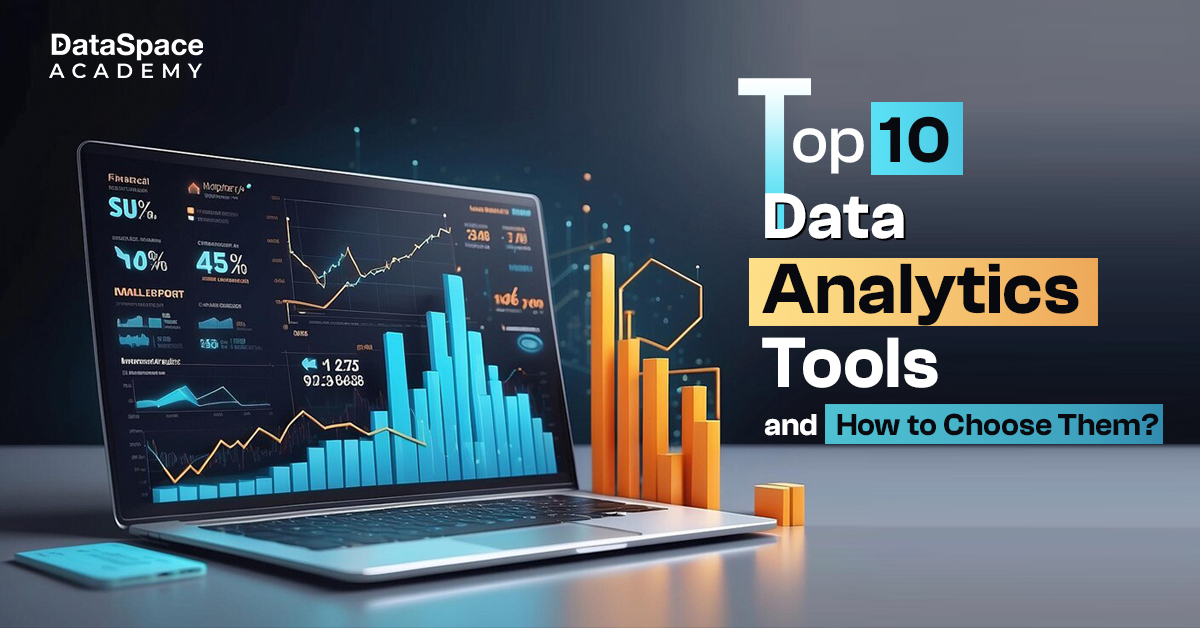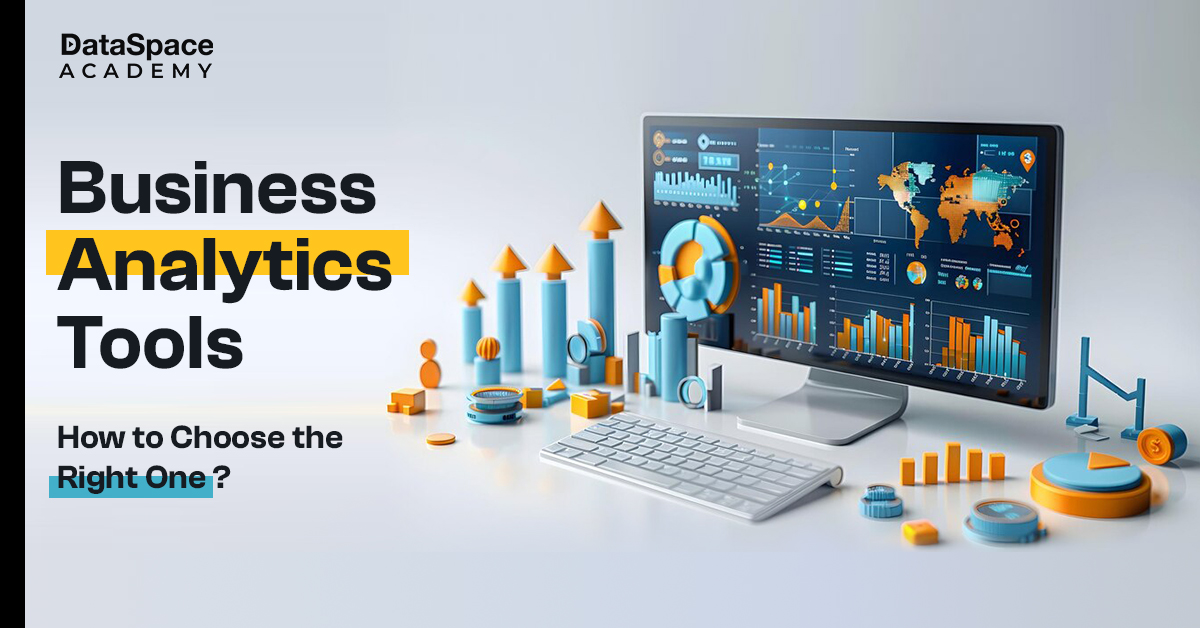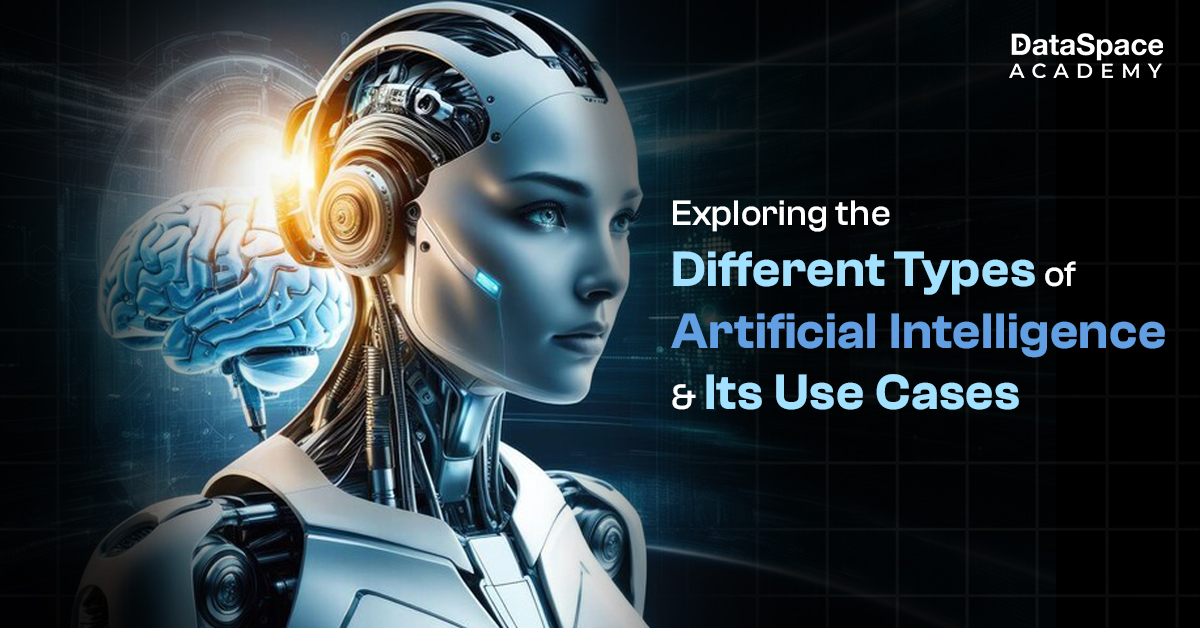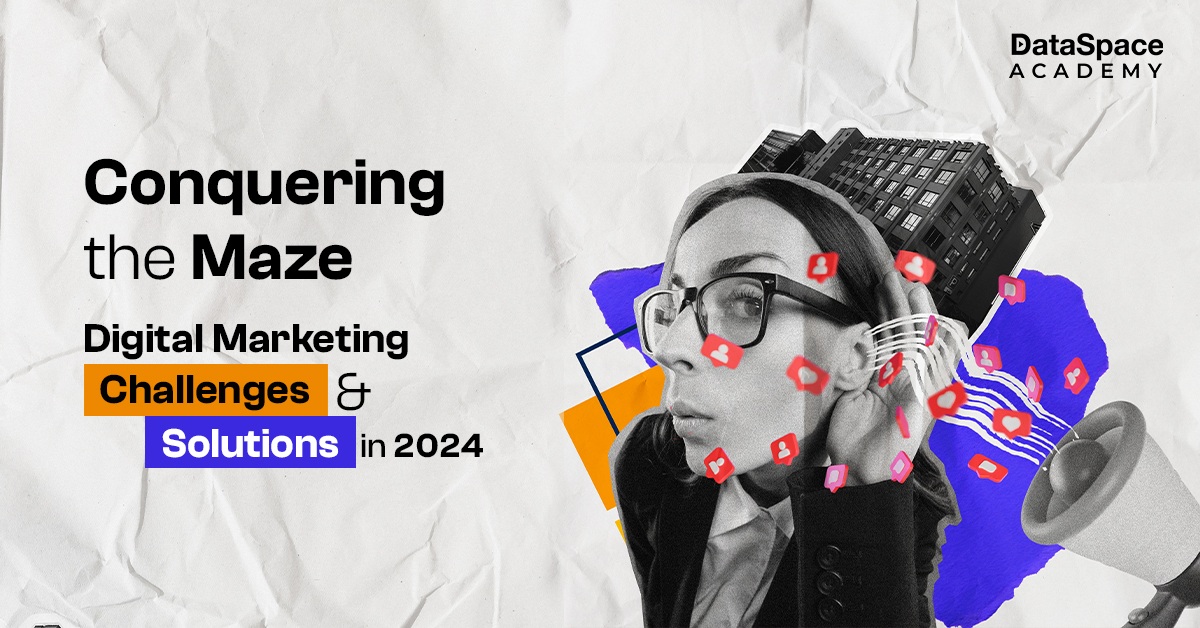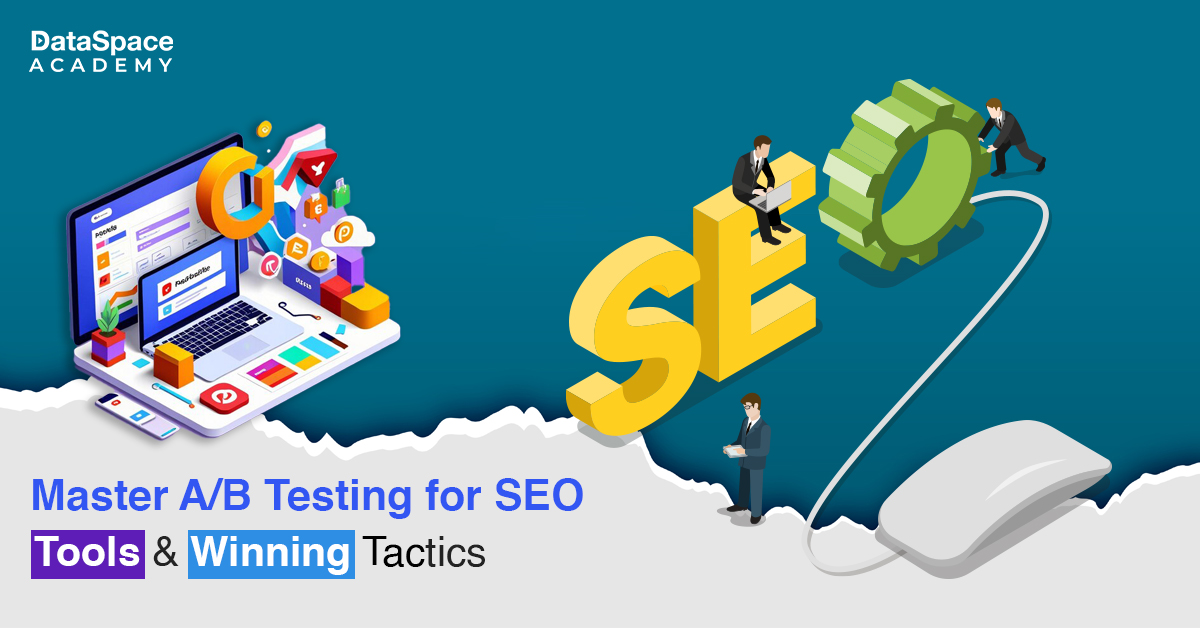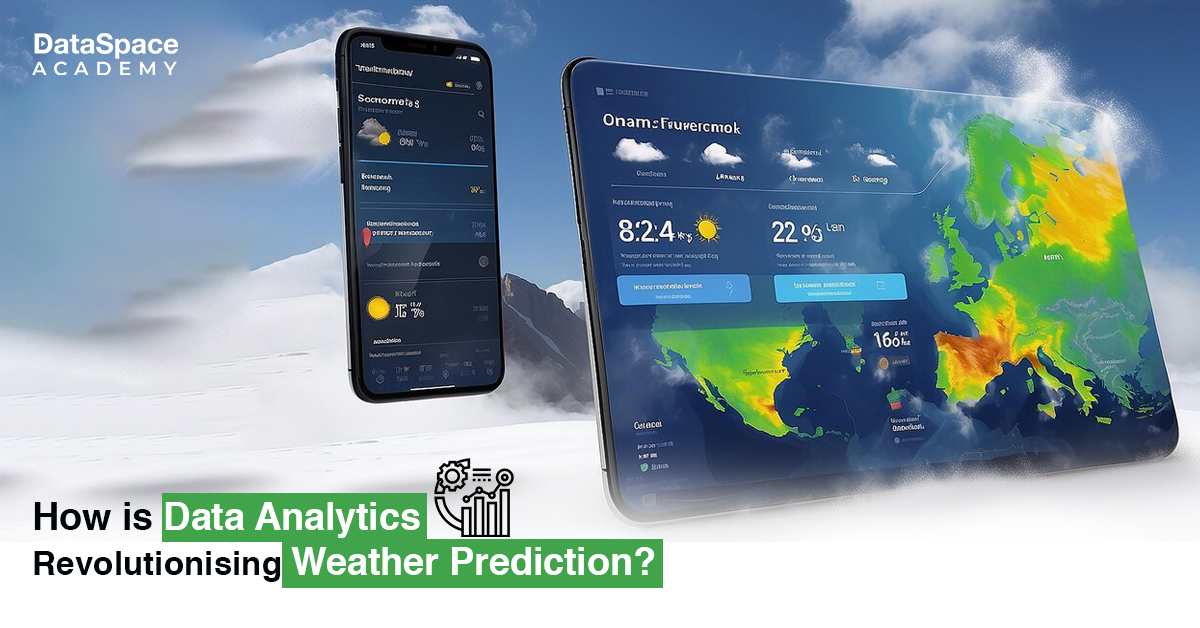Exploring The Top 10 Data Analytics Trends of 2025
Last Updated : 08 Nov, 2024
 12.39K
12.39K
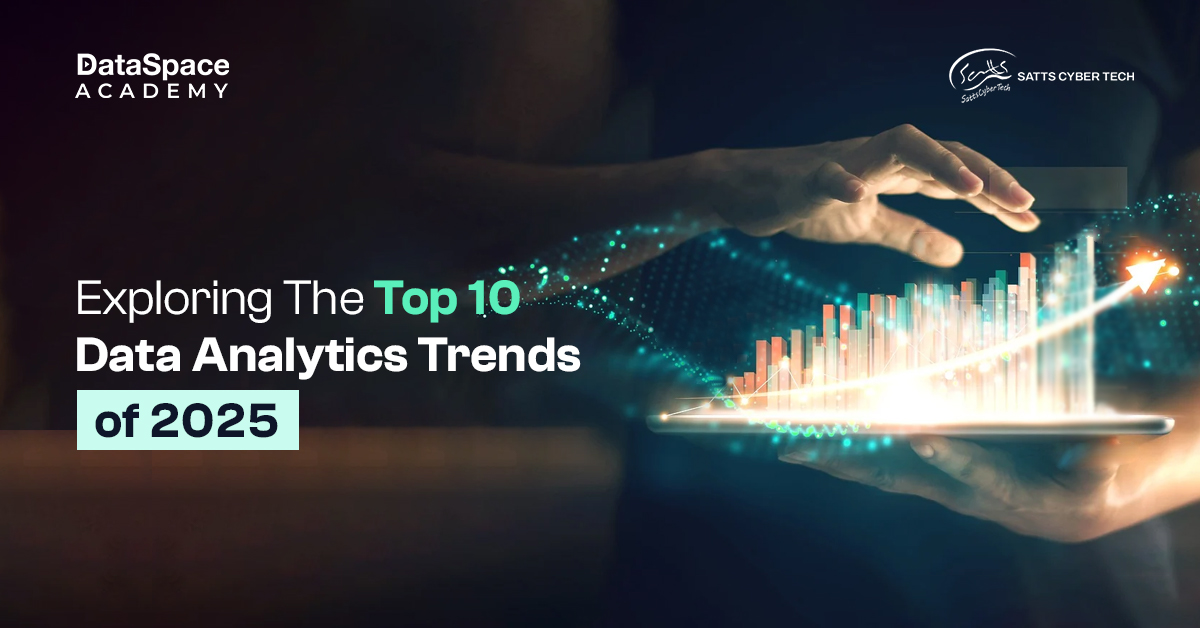
Introduction
In 2025, data analytics is set to transform industries like never before. The landscape of data analytics trends is evolving rapidly, offering fresh opportunities and reshaping sectors. From finance to healthcare, every industry is harnessing the latest trends in data analytics to improve decision-making and boost growth. For professionals, this opens up a world of data analytics job opportunities and dynamic career paths. Let’s dive into the top trends driving this change and what they mean for the future.
Growth of Data Analytics
The data analytics sector is booming. According to reports, the global data analytics market is projected to hit $550 billion by 2028, with an annual growth rate of 27%. With companies collecting vast amounts of data daily, the need for sophisticated analytics has only soared. This demand fuels data analytics jobs, from entry-level to advanced roles, offering exciting options for freshers and seasoned professionals alike.
Data Analytics Trends in 2025
Here’s a look at the biggest trends that are defining the future of data analytics:
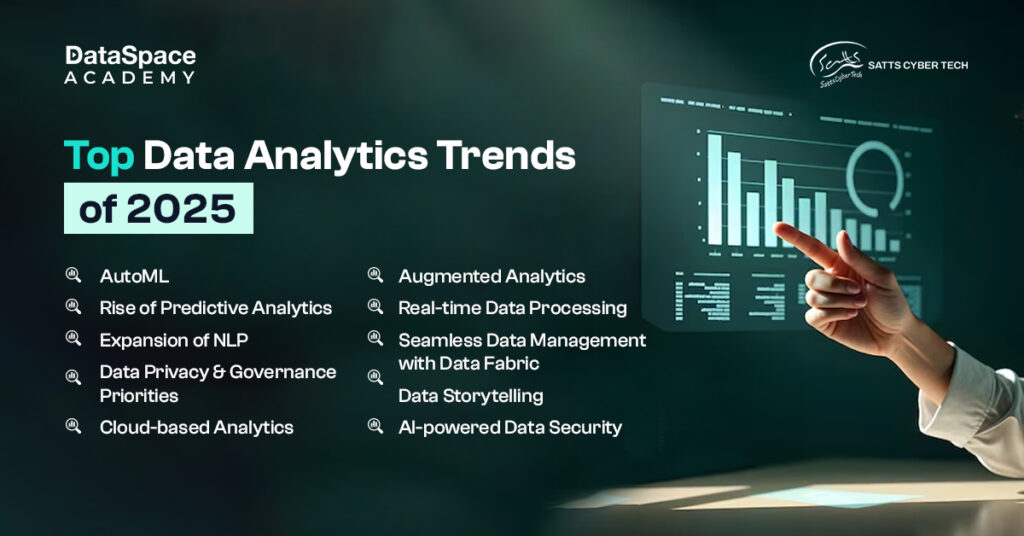
1. Automated Machine Learning (AutoML)
AutoML will simplify processes, making data science accessible for all. It allows non-specialists to perform complex tasks with minimal coding, speeding up workflows and reducing costs. In 2025, AutoML adoption will see rapid growth across sectors, democratising analytics.
2. Predictive Analytics on the Rise
Predictive analytics, using historical data to forecast future events, is becoming essential for strategic planning. Businesses will use it to anticipate trends, personalise marketing, and enhance decision-making, making it a crucial skill in the data analytics field.
3. Natural Language Processing (NLP) Expands in Use
NLP is not new, but its application in data analytics is skyrocketing of late. By 2025, organisations will use NLP for advanced text and speech analysis, customer sentiment understanding, and even automation of customer service processes.
4. Data Privacy and Governance Priorities
With increased data usage, data governance will become a central focus. Regulatory changes will drive companies to adopt stringent data-handling practices. Privacy-preserving data analytics will gain traction, ensuring compliance with global regulations.
5. Cloud-Based Analytics Dominates
The shift to cloud platforms for analytics will reach new heights by 2025. Companies of all sizes will embrace cloud-based data warehousing and analytics solutions, reducing infrastructure costs while enhancing scalability and access.
6. Augmented Analytics Revolutionises Insights
Augmented analytics uses AI to enhance data analysis, simplifying the extraction of insights. In 2025, augmented analytics will empower users to discover patterns and anomalies faster, making data analytics tools even more accessible.
7. Real-Time Data Processing for Quick Decisions
Real-time data processing enables businesses to make immediate decisions, crucial in sectors like finance and e-commerce. As companies strive to stay competitive, real-time analytics will be key for quick, data-driven actions.
8. Data Fabric for Seamless Data Management
Data fabric architecture will unify data across sources, locations, and applications, ensuring data consistency. This approach will make data management simpler and more effective, allowing companies to streamline analytics processes.
9. Data Storytelling Takes Center Stage
As data literacy grows, so does the importance of communicating insights. Data storytelling will be vital in bridging the gap between raw data and stakeholders, helping to convey insights in a clear, engaging way.
10. AI-Powered Data Security
With cyber threats on the rise, AI-driven security solutions will be essential for protecting data. In 2025, more organisations will rely on AI to identify and mitigate security threats in real-time, ensuring robust data protection.
Popular Data Analytics Careers in 2025
The evolving trends are shaping data analytics careers in new ways, creating roles across industries.
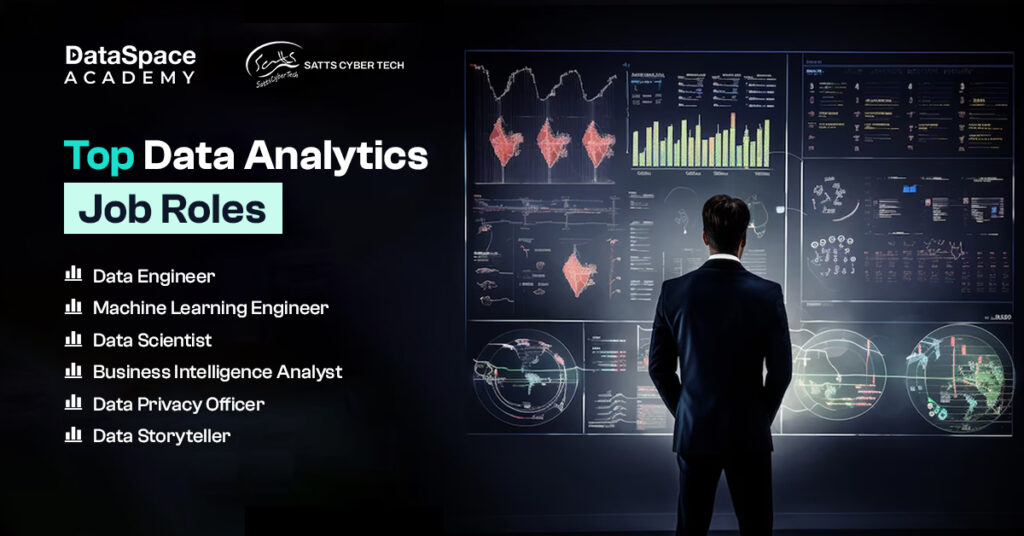
1. Data Engineer
Data engineers build the infrastructure that supports analytics and data modelling. They are crucial for managing data pipelines and ensuring high-quality data availability.
2. Machine Learning Engineer
As AutoML and AI gain traction, ML engineers will be in high demand, developing models that enable automation and predictive insights.
3. Data Scientist
Data scientists analyse and interpret complex data, helping organisations make data-driven decisions. With predictive and augmented analytics on the rise, this role will be even more integral.
4. Business Intelligence Analyst
BI analysts transform raw data into actionable insights, supporting business strategies. In 2025, BI analysts will leverage advanced tools to provide real-time analytics and trends.
5. Data Privacy Officer
With data privacy a growing priority, privacy officers ensure compliance with laws and regulations. Their role will be central to organisations prioritising ethical and compliant data handling.
6. Data Storyteller
Data storytellers or data translators, bridge the gap between data scientists and business leaders. They present insights clearly, making it a rising career for professionals skilled in both data and communication.
Conclusion
The future of data analytics is full of exciting trends and promising job opportunities. With advancements in AutoML, predictive analytics, and cloud technology, data-driven decisions will shape the business world. For those looking to enter this field, staying current with trends and obtaining the right skills through data analytics certification is crucial. As data analytics transforms industries, it will open up diverse career paths and redefine the future scope of the field.
 12.39K
12.39K

